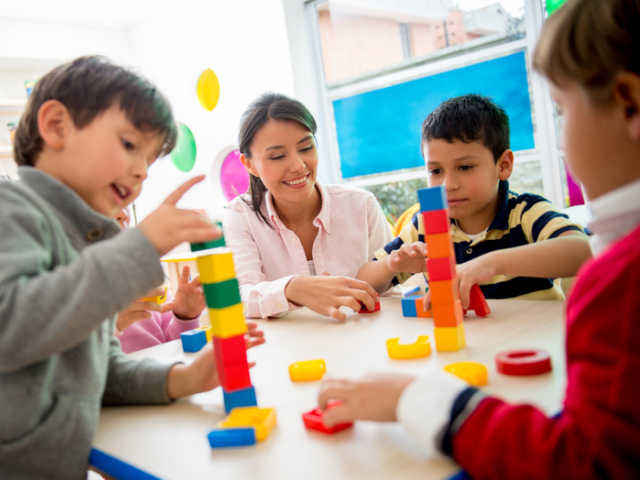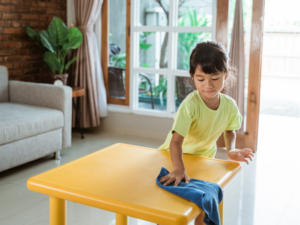Social problem solving is figuring out how to handle problems in social situations. Sometimes, children have trouble handling tough situations. They might get upset when they can’t have the toy they want or must share it with friends or siblings. It can be hard for children to know what to do in these situations. As a parent, you can teach your child how to handle these tough moments by helping them learn how to solve problems! This is called social problem solving.
What Is Social Problem Solving?
Social problem solving is an important skill that children use every day. It is the process of figuring out how to handle problems in social situations. It means thinking about other people’s feelings and the best way to solve a problem. This skill helps children get along with others and build relationships. Studies have shown that kids who learn to solve problems do better in school and have fewer behavioral problems. It can also help them think more clearly (critical thinking) and understand other people. With practice, your child will be able to handle these tough situations on their own and learn how to make good choices!
The Process
The social problem solving process follows three steps: identification, analysis, and resolution. To teach your child social problem solving, you first need to teach them the problem-solving process.
Table 1: Problem Solving Process
| Stage | Example | |
|
🤔 |
Identification: What is the problem? | I don’t want to share my toy with my sister. |
|
🔍 |
Analysis: What is happening in this situation? How do others’ feel? How do I feel? What can I do to fix this problem? | My sister wants to play with me. She might feel sad if I don’t share. But I am upset that I have to share.
I could:
|
|
✅ |
Resolution: Try it out! How did I fix my problem? Did it work? What could I do better? | I will take turns playing with the toy. My sister is happy now, and I like to play with my sister. Next time, instead of saying “NO!” first, I will think about it. |
Remember: Your child cannot enter the Analysis or Resolution stage without having the skills to Identify or understand what is causing their problem. You focus on Identification by talking about their feelings, looking at the situation around them, and asking guided questions. This will help them organize their thoughts, think more clearly, and help them think of solutions (for more on how organized thinking and problem-solving can help your child, read Raising an Organized Child: 5 Steps to Boost Independence, Ease Frustration, and Promote Confidence by Damon Korb, MD, FAAP).
Three Problem Solving Steps
Children develop at different paces. But you can teach these three social problem solving steps in ways that are appropriate for their age. The CDC has some goals for kids of different ages to make sure kids are learning the right social and emotional skills to be successful at school, at home, and in the community. Depending on where your child is at developmentally, try to build in activities (see below) that focus on the three steps in problem-solving in your everyday routines!
Table 2: Problem Solving Steps
| Age | CDC Developmental Goal | Social Problem-Solving Practice |
| 2 yrs |
|
|
| 3 yrs |
|
|
| 4 yrs |
|
|
| 5 yrs |
|
|
Differences in Using Social Problem Solving
Children use social problem solving in different ways. For example, when they play with friends, they might need to figure out how to share toys, take turns, read other people’s emotions, and follow the rules. As children get older, they can use these skills in more complex situations, like when they have a problem with a friend or an adult or even when they are working on schoolwork!
It’s important to practice these skills across different situations. To help them practice, you can act out different situations with them, show them how you solve problems, and even help them think about how well they solved the problem. This way, they can learn how to solve problems in different situations and get better at them.




